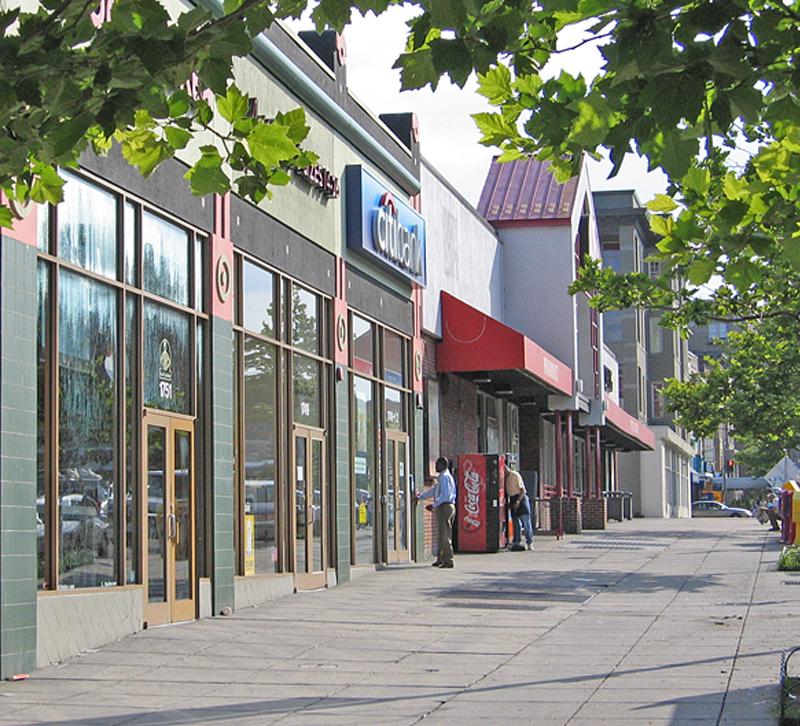Monday started off with good retail news from the U.S. Census Bureau. Preliminary estimates from the Bureau show that retail sales went up to $3.53 trillion in 2017, up 3.9 percent from 2016. Additionally, the National Retail Federation (NRF) projected a 3.8 to 4.4 percent in 2018, which includes a 10 to 12 percent increase in online and other non-store sales alone.
This is great news for the industry. At a time when it seemed every Sears was shutting down and malls were becoming ghost towns, it's good to see a little positivity come down the pipeline.
So why is this happening? The NRF says strong holiday spending and the tax cuts that passed at the end of last year have helped. NRF President and CEO Matthew Shay says the tax cuts have already had an impact on consumer spending as well business's strategies, citing CVS and Walmart's minimum wage raises.
While that's certainly positive to see, it's worth mentioning that projected inflation, which caused a major stir on Wall Street last week, could put a damper on consumer spending. As Eric Toder explained back in May, inflation is often the result of an overblown deficit, which is projected to substantially grow with the loss of tax revenue from the tax cuts and the latest spending budget. Having a deficit isn't in itself a bad thing, he explained, but if the economy isn't growing at the same rate as the deficit (which it isn't), taxes will have to go up for everyone and inflation is inevitable. Kiplinger projects a 2.5 percent rising inflation rate, up from 2.1 percent in 2017. Gasoline prices are expected to go up along with prices in other industries.
"Housing will likely cost 3.5 percent more in 2018, compared with 2017’s 3.2 percent; medical care will go up 2.6 percent versus 1.6 percent in 2017; and all other services will cost 2.6 percent more, compared with 1.8 percent," says Kiplinger's most recent report.
It's really too early to tell how much the tax cuts will affect the overall economy one way or the other. At a time when wages have been generally stagnant, it's great to see more investment in wages. However, consumers won't really feel that benefit if the cost of necessary goods and services goes up as well.
Bottom line: This news from the U.S. Census Bureau should be encouraging, but this isn't the time for lighting and home furnishings retailers to sit back and wait for consumers to spend. Here's what you can do right now.
Take a hard look at your website
While any growth in retail sales is good news, it's worth remembering that an increase in overall retail sales doesn't mean your store is instantly going to get more traffic. Now with more competition than ever and changing consumer habits, you need to set your store up for success and make it as easy as possible for customers to find you online.
First, if you haven't beefed up your website and social media platforms, now is the time to take another look. Your website is your first impression for the majority of your consumers now, and if it looks bad or functions poorly, customers will most likely pass you by or write you off. There are a ton of other websites and companies out there. Consumers won't waste their time on a company that can't maintain a functional, well-designed site.
That doesn't mean your site needs to have e-commerce capabilities or any other fancy tools. Your website only needs at minimum four pages:
- A home page with your company's address, phone number and store hours.
- An About Us page to tell customers who you are and what your business stands for.
- A Contact page with all your store information once again, including an email address and/or a contact form to help customers get in touch with you right away.
- A regularly updated blog that helps build your SEO strategy and provide consumers with helpful information about lighting and home furnishings.
Even if you don't have a massive marketing budget, you can still create a well-functioning four-page website at a relatively inexpensive (sometimes free) cost.
Start small with ecommerce
If you do feel like you want to dip into online sales (and now would be a good time to do it with online's projected growth at 10 to 12 percent this year), then remember that you don't need to upload your entire stock online right away. Rather than sell everything, curate a special selection of small, best-selling items to sell online.
Small products like table lamps and decorative accessories are far easier to sell online. Homeowners don't need to measure their spaces like they would for a sofa or large chandelier or pendant, so there's less of a chance that the product will be returned. Because these items usually cost less, you'll be able to attract customers with smaller budgets like Millennials or Gen Zers, who can't afford a big upgrade right now. Finally, shipping a small set of trays or table lamp is far less expensive than shipping a large coffee table.
Having a cool selection of accessories can also help you build a following online. At Consort, most retail shoppers tend to be in their mid-30s and above, but the store sees a lot of online business from Millennials. They love the store aesthetic, but they don't have the funds to buy a big-ticket item just yet. instead, they buy small accessories, and when they're ready to invest in good furniture, they already have a relationship with the store.
What are your thoughts on these projections? Share with us in the comments!
Photo: Brett VA via Flickr







